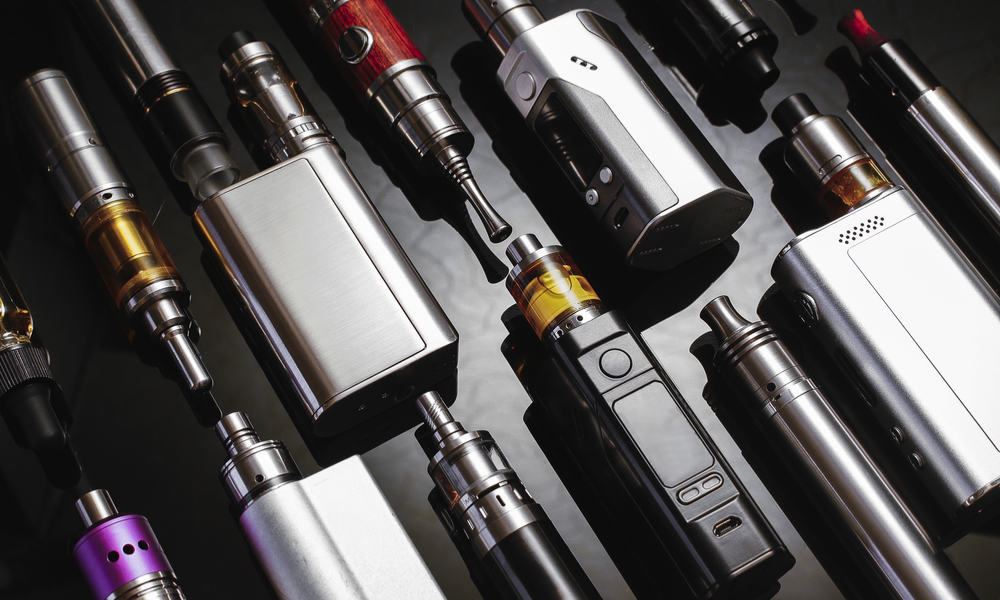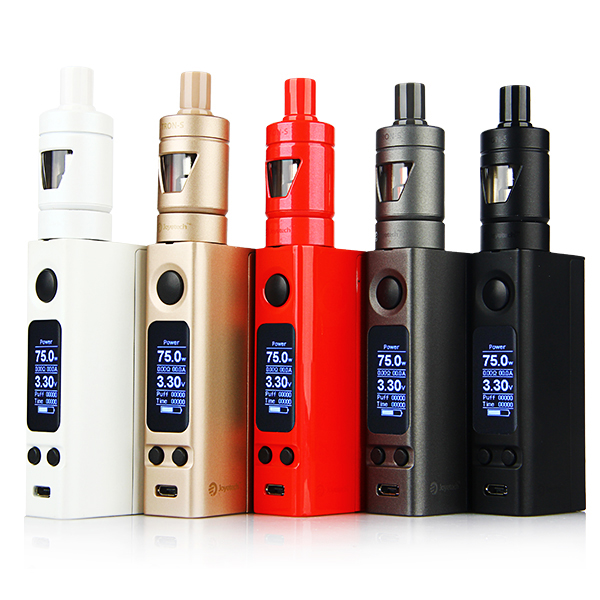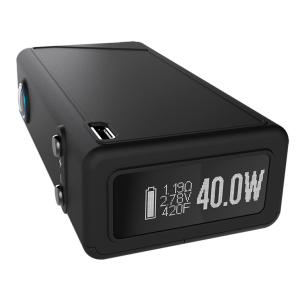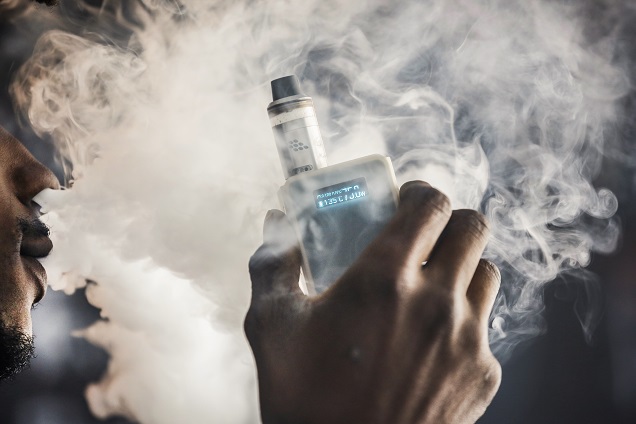Variable Voltage, Variable Wattage, And Temperature Control
Posted by John C. on 7th Mar 2018

Introduction
The next step up in vaping hardware from pen based systems is into the realm of regulated mods. As before, each “next level” of capability brings with it another layer of complexity. But, also like before, the benefits of acquiring this new set of knowledge make it well worth your time to do so.
Regulated mods bring with them one or all of the following features: variable voltage, variable wattage (sometimes called variable power), and temperature control. I’d like to take a few moments of your time to give just a brief overview of these features, roughly how they work, and what they mean for your personal vaping experience.
Variable Voltage

This was the first advanced user-selectable feature introduced to vaping; it even pre-dates the mainstream rise of airflow control. Using variable voltage, the user can select how much voltage is delivered to the atomizer attached to the mod. This requires the user to perform some mathematics, specifically the application of Ohm’s Law. I’m going to revisit Ohm’s Law when I tell you about un-regulated mods, because for those, knowing that calculation is an absolute must. But when it comes to regulated mods, variable voltage has been succeeded by the next topic:
Variable Wattage

Variable wattage, or variable power, has one immediate and overwhelming advantage over variable voltage: the entire point of adjusting voltage in a mod was to hit a specific level of wattage, or power, delivered to the atomizer. When power control boards (the microprocessors that put the ‘regulated’ into ‘regulated mods’) advanced enough, it was no longer necessary or much desirable to most vapers to do the math to hit a specific wattage target; they could simply select the wattage they wished to vape at.
But even variable power wasn’t fully what the industry was aiming for; the purpose of selecting the level of power delivered to the atomizer coil was to select how hot the coil would get and how quickly it would get that way, in order to truly maximize the efficiency of the atomization process. So there was one more trick the industry had up its sleeve:
Temperature Control

The most recent streamlining of the customized vaping experience, temperature control uses the latest advancements in power control boards to allow the user to select the temperature the atomizer coil should reach, bypassing the math or guesswork of both variable voltage and variable wattage. One of the truly enjoyable things about vaping using temperature control is that you can customize the heat of your vapor to really do justice to different eliquids, or even to enhance different flavor characteristics in just one eliquid.
As I type this, I’m vaping from a device set to heat the atomizer coil to 500 degrees Fahrenheit, because I’m vaping a tobacco flavor, and I like tobacco flavors to be delivered hot. If I were to vape a combination mint and cucumber flavor, I would dial it down to under 400 degrees, to enjoy a cooler vape with that more delicate flavor.
Conclusion
Regulated mods with advanced functionality such as variable voltage, variable wattage, and/or temperature control can seem pretty intimidating when you pick one up for the first time. But hopefully, now that you’ve read this, they’ll seem a lot less overwhelming and a lot more rewarding. As always, thank you for reading, and I’ll see you again soon.